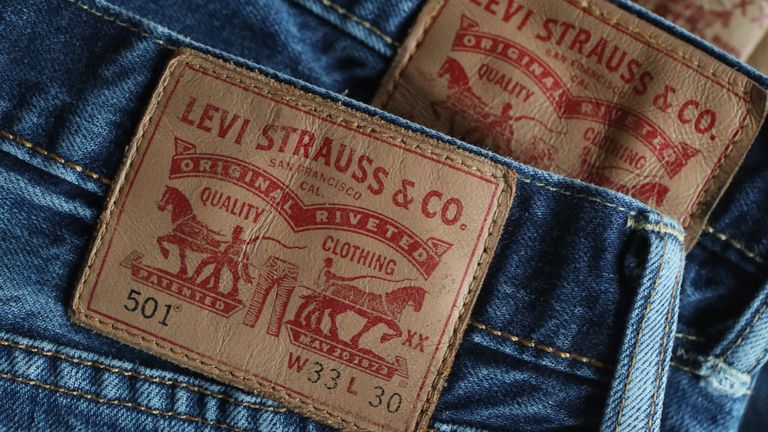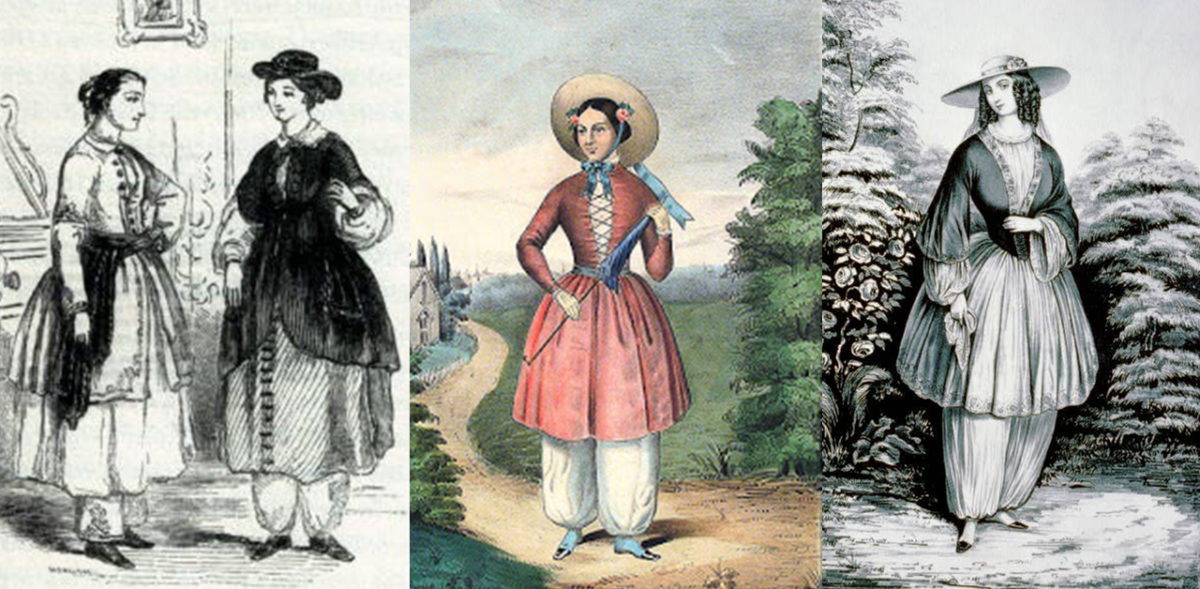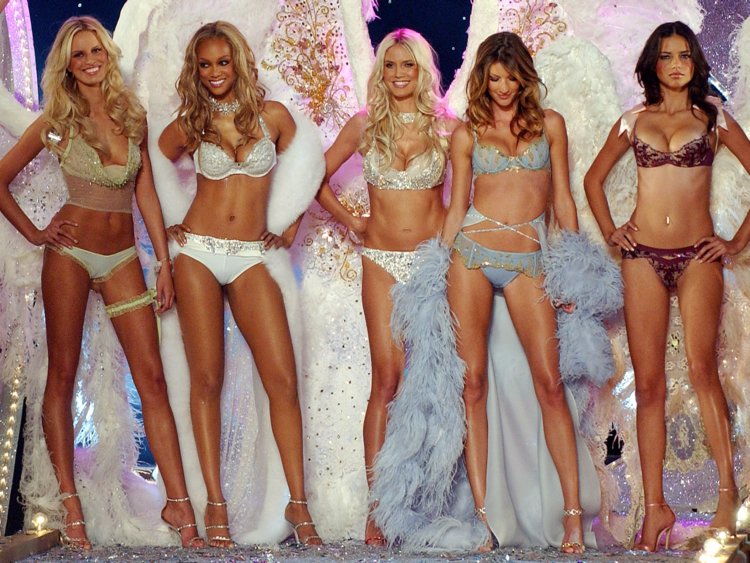Fashion Industry Broadcast and Style Planet TV are proud to bring you their new Netflix Original series ‘The Girl’s Guides to the World of Designer Fashion’. In Series 4 of this new Original Series we explore the History of American Fashion.
In this Series we look at the titans of American fashion. The taste makers whose designs have intrinsically connected us to deeper elements of the American experience. Across the decades, American designers have sought to deliver a unique voice to the world of fashion; bringing their perspective to an ever evolving nation and shaping the look of a country, as it passes through political and social upheaval and onto a digital revolution.
American Fashion as we know it today, stems from the early settlers; colonists from Europe, whom brought with them the current dress from their native homes. Once prosperity struck the colonies, fashion moved away from practicality towards the decorative and clothing was used as a means of wealth distinction. These early European influences dampened with the weight of the revolution. With patriots calling out for a distinctly American style, women began making their own materials and wearing home made clothes was now considered a political statement, rather than a reflection of ones ability to buy.
In the early 1850s, a mass market of middle-class consumers emerged with industrialisation. Brooks Brothers was among the first companies to serve this market, having begun in 1818 as a tailor-shop and growing to 75 tailors and 1,500 manufacturing employees by 1857. The mid-19th century “gold rush” had an even greater effect on the US fashion system.
Mr. Levi-Strauss realised that the gold prospectors would need tents, and ordered a special resilient fabric from France to serve this market demand. The fabric was called serge de Nîmes (serge, from the French city Nîmes), which we now know as denim. In addition to using this fabric for tents, Levi-Strauss recognised that it could easily be transformed into utilitarian work trousers. American jeans were thereby born, and the development of the US fashion manufacturing system was well underway.

Alongside the invention of the sewing machine for industrial use by Isaac Singer, the US manufacturing industry was fully supplied with a growing immigrant labour force.
However, the real key to success in this mixture was the alignment of distribution with production. Department stores and specialty stores began to focus more retail space and marketing efforts towards clothing. This alignment allowed the US fashion industry to move beyond work-wear and menswear through superior production methods integrated with distribution, and a strong market orientation.
The 19th Century waved in new era of American ideas, which aimed to throw off class distinctions and promote religious freedom. Whilst style remained important and refinement still referred to the level of one’s wealth, over the top frivolity was now frowned upon and social upheaval continued to impact the fashion climate. The rise of the antislavery movement for instance, brought forth debate around women’s dress reform, by women who saw clothing as a form of oppression to secure their role in society.
The bloomer outfit was developed as a response for the need for more comfortable and functional clothing. Despite moral push back, it was a stepping stone for the collective conscience, pushing the needle forward on women’s rights and cultural perceptions.

Photo Credit: Recollections.biz
By the turn of the 20th Century, the 1900’s was on the brink of an industrial revolution, with an increase of migrants and urban living. Innovations to women’s undergarments, allowed for greater freedoms and abilities for dressing unassisted. So women began to invest in fashion at a greater rate, changing their outfits several times a day. But this excess was restrained with the breakout of the first World War. Women stepped up to the war effort by taking over the men’s roles and utility took priority over precedence, with women now able to wear tailored suits for the first time in their history. After the war, women went back to their regular duties and prohibition began.
Though the youth of the 1920s were less repressed, stepping out in their flapper dresses; glamorous slips that shimmied through the jazz age and the dance floors of the cities underground night clubs. This age of romance and sexual freedom was short-lived, as it was followed by a time of rations under the great depression and then the breakout of the second World War, which saw a reduction in materials and a need for ingenuity in home made clothing. Pants or slacks became a common wardrobe staple, but the idea of femininity came back into fashion as women’s roles were propagandised back into the home. In celebration of the post war, the 1950s was the golden age of couture and European designers like Dior, were once more influencing the current fashion trends of American women.
In contrast a rise in social discontent and rebellion shaped the 60s experience, in particular for women’s liberation. With the introduction of the Pill in the late 60s, so began a sexual revolution which would influence the commercial world of lingerie in the public mainstream. In 1977 American Businessman Roy Raymond founded one of the first stand alone lingerie stores he entitled Victoria’s Secret. Based on his own experience, the company was founded to provide a public space where men could comfortably purchase lingerie for the women in their life. The name was meant to imply a certain dignity of the Victorian era, which masked the unspoken lifestyle surrounding sex and seduction.
Yet this message was somewhat lost by the decor and catalogues that followed, which appeared more Victorian brothel than homestead and with images that were more erotic than tasteful. Nonetheless, the market was open to this new niche with the business expanding across six stores and an extensive sales catalogue.
The profitable model attracted the attention of clothing retail tycoon – Leslie Wexner, who purchased the business for a cool million. Today that business is worth over seven and a half billion dollars with stores around the globe that have expanded into sleep wear, perfumes and cosmetics. Under Wexner’s guidance Victoria’s Secret was redirected to it’s current vision for a female clientele, empowering women to make their own choices when it comes to underwear. By the 90’s Victoria’s Secret dominated the lingerie market with groundbreaking advertisements and campaigns, featuring American supermodels.
But the real sweepstake was the introduction of their now annual fashion show, which was aired on prime time national television in 1995, the same year they launched their online business. Today the Victoria’s Secret runway show is a theatrical spectacle. A fantasy extravaganza featuring the brands ambassadors – the Victoria’s Secret Angels, made up of a who’s who in the modelling world which have included the likes of Helena Christensen, Tyra Banks, Gisele Bundchen and Heidi Klum. Today the vision for the brand is one of acceptance with the 2019 inclusion of their first openly transgender model, Brazillian native Valentina Sampaio on their famous runway.

Designer Calvin Klein pioneered this cultural shift towards the mix of celebrity and the fashion world, championing campaigns that were provocative and full of pop culture references that would alter the course of advertising forever. Rising from the Bronx in New York, Calvin Klein and his business partner launched a line of tailored coats and sportswear in the late 60s and not ten years on was commanding millions in revenue for the sale of Klein’s in demand minimalist style.
But it wasn’t until the 80s that his rise of signature denim, fragrances and underwear catapulted his name into American pop culture. His sensual style was credited to the numerous luminaries hired under Klein’s direction and vision for the brand. These included the celebrity ambassadors from a young Kate Moss and Brook Shields, Super Model Christy Turlington and Actor Mark Wahlberg sporting skimpy denim and CK underwear in promotion of youth, sex and the thin ‘waif look’ in women to the ‘beefcake’ male models that became the sensation industry wide though out the 1990s and beyond.
Klein’s minimalism was a step back to something raw and primitive that balanced out the political statements of 60s fashion. The blow back from the Vietnam War saw a rise in individual style, with hippies and conservatives, politicos and mod squads all defining their voice through their fashion choices. Where London had Vivienne Westwood, America had it’s own Queen of punk to thank for provocative fashion from the mind of Connecticut born designer, Betsey Johnson. She represented the new wave of thought that took the free and rebellious spirit of the 60s and 70s youth and gave it a voice through fashion and artistic expression.
Alongside Brit’s ‘mod’ designer Mary Quant and the father of post Modernism Andy Warhol, Johnson pioneered the ‘YouthQuake’ movement of the 60s. Her hippies’ aesthetic and recycled materials were sought after staples at the NY clothing boutique – Paraphernalia, landing her a position as creative director for Alley Cat, a sportswear label where Betsey made use of her signature brights, neon’s and sexy silhouettes to critical acclaim. By the mid 70s a cultural shift saw the rise of working professionals on their way to an 80s boom, Betsey’s loud statements where muffled by a need for a corporate takeover.
But whilst America was suiting up, a punk revival was brewing on the streets of London and once more Betsey was ready to rock and roll, launching the Betsey Johnson Label with a boutique in Manhattans Soho District. Her streak of music and art inspired pieces works across the generations, revitalised by a 90s grunge era. Today this Veteran has global presence and is touching base with the next generation with her latest capsule collection for Urban Outfitters in 2019.
Make sure to check out Part Two of The Girl’s Guides to Designer Fashion: Series 4- American Fashion, where we dive further into history, starting from the late seventies!
The Girls Guides to Designer Fashion
This new 6 part series explores the seductive world of designer fashion.
Series 1. The History of Lingerie
Series 2. The Legend of the Designer Bag
Series 3. The Mystery of the High Heel
Series 4. American Fashion
Series 5. Italian Fashion
Series 6. Paris Fashion
Subscribe to FIB’s newsletter for your weekly dose of music, fashion and pop culture news!







